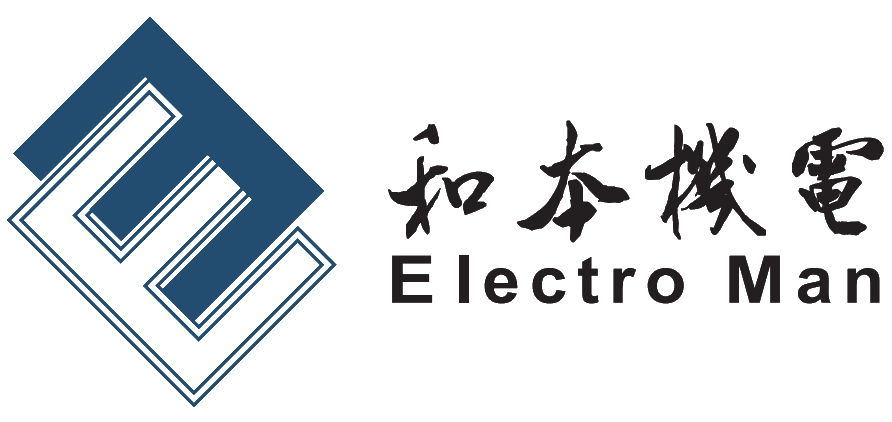30
2024
-
09
Who can control the future development direction of large-capacity energy storage?
Author:
Large-capacity lithium battery energy storage is accelerating its way into reality.
Large-capacity lithium battery energy storage is accelerating into reality.
Since 2023, energy storage capacity has entered a phase of 'crazy growth'. Among them, the competition for the new generation of reserve products after 5MWh has already entered a white-hot stage.
At the beginning of September, Envision Energy directly raised the capacity of its energy storage system to 8MWh+. It is evident that the 5MWh energy storage system may only have temporarily unified the 'application generation' energy storage products. However, the technical competition for 'reserve generation' large-capacity energy storage above 6MWh has already turned into a red ocean.
According to incomplete statistics from Gaogong Energy Storage, there are currently several companies such as Sungrow Power Supply, CATL, BYD Energy Storage, CRRC Zhuzhou Institute, Eve Energy, Envision Energy, Zhongchuang Innovation航, Trina Storage, Nandu Power Supply, Hive Energy, and Ruipu Lanjun that have successively released or disclosed large-capacity energy storage products from the reserve generation.
The shallow-level competition in large-capacity energy storage is mainly driven by cost reduction. Especially as energy storage falls into crazy internal competition, whoever can obtain the ultimate cost-performance ratio for energy storage will gain the final winning power.
However, to deeply explore the 'motivation', it may concern who defines the future of next-generation large-capacity energy storage.
According to Gaogong Energy Storage's analysis, there are currently two mainstream forces in the energy storage field that want to define the future of large-capacity energy storage.
Two mainstream forces defining large-capacity energy storage
One type consists of cell companies or system integrators with self-research capabilities such as CATL, BYD, Eve Energy, Envision Energy, Trina Storage, Zhongchuang Innovation航 and Hive Energy.
According to Gaogong Energy Storage's analysis, these companies are continuously exploring in the field of large-capacity cells and hope to define energy storage from this area. The most typical example is CATL's release of a five-year zero-degradation 6.25MWh Tianheng system with a matching large-capacity cell of 587Ah.
At this press conference, CATL downplayed cell capacity but reiterated zero degradation over five years and energy density like in the power sector. They hope to use another set of terminology to describe or define the future of energy storage.
In addition during Gaogong Energy Storage's visit to CATL's battery factory, CATL emphasized that its cells can achieve PPB-level failure rates. According to Gaogong Energy Storage's understanding, this indicator originates from the power sector and is considered one of its highest specifications regarding cell failure rates.
In the field of energy storage, this indicator can be replicated in TWh-scale battery stations and also implies a relatively low cell failure rate and extremely high cell safety assurance.
In terms of cells, companies like CATL and BYD are almost stirring up this pool of spring water in large-capacity energy storage with an urgent momentum.
However, this move by cell companies has evidently prompted another mainstream force—system manufacturers led by Sungrow Power Supply and CRRC Zhuzhou Institute—to join in defining large-capacity energy storage as well; they hope to unify a large-capacity cell from a system perspective thereby defining large-capacity energy storage.
'System-level definition' advantages for large-capacity energy storage are very clear: primarily dealing with domestic and foreign owners are mainly battery system manufacturers; moreover Sungrow Power Supply has ranked first among Chinese enterprises in global battery system shipments for eight consecutive years with full-stack self-research capabilities. Another participant CRRC Zhuzhou Institute also ranked first domestically in battery system shipments in 2023. From this perspective it seems highly probable that system integrators will define large-capacity energy storage.
'From Sungrow Power Supply's perspective regarding unifying second-generation battery cells at314Ah it has already played a guiding role for industry standards.' From just one kilowatt-hour while removing redundancy Sungrow Power Supply along with mainstream cell manufacturers defined a314Ah battery cell that is moving towards application on a larger scale.
'Thus Sungrow Power Supply which has always possessed R&D and testing capabilities naturally hopes that next-generation mainstream large-capacity systems can be defined or promoted by itself.'
'However another company achieving rapid breakthroughs in China's battery market—CRRC Zhuzhou Institute—made quite an impressive move in September: uniting with fourteen core component manufacturers they released their next-generation large capacity battery systems.'
'Gaogong Energy Storage mentioned earlier that CRRC Zhuzhou Institute united well-known component manufacturers including cell makers like Zhongchuang Innovation航 and Lanjun New Energy.'
Interestingly,on August28th Zhongchuang Innovation航 released at their global ecological conference themed 'Together Greatness Together Beauty'the 'Zhijiu Series'energy productsand will gradually launch long-life20-foot6.25MWh containers compatible with2000V voltage platforms along with corresponding392Ah cells for6.25MWh containers and625Ah+ cells for6.8MWh containers.It can be seen on one hand mainstream cell enterprises cooperate with Sungrow Power Supply CRRC Zhuzhou Institute etc., starting development on next-generation large capacity systems; on another hand cell enterprises wish to develop or release next-generation systems based on their understanding about batteries.Variables outside mainstream forcesIt’s worth mentioning that current manufacturing processes for cells have not been unified.
For some time now winding versus stacking technologies have been engaged in territorial battles while stacking technology accelerates penetration under trends towards larger capacities.
With blade batteries as their killer app,
BYD
continues utilizing this technology within batteries where dimensions differ significantly compared to mainstream square lithium iron phosphate while systems capacities also form their own unique style.Another company using stacking technology,Hive Energy
insists on short blades plus flying stacks creating its own unique style within high capacity fields.蜂巢能源,坚持短刀+飞叠,大容量储能领域亦是自成一派。
此外,在储能领域一直做法较为大胆的Yiwai Lithium Energy released the 628Ah energy storage cell early on and has begun its own considerations in the system field, with 'MR Gight' continuously iterating.
In the field of battery cells, there is still no unified size and specification.The competition for defining the next generation of large-capacity energy storage between Sungrow and CRRC Zhuzhou Institute in the system field has also begun. It is evident that this battle for defining large-capacity energy storage is not just a competition between two major camps, but also a contest among enterprises.
At this point in September this year, CRRC Zhuzhou Institute took the lead by releasing what it considers to be the next generation of energy storage systems, clearly showing its ambition to define energy storage, in collaboration with 14 mainstream component manufacturers. According to Gaogong Energy Storage, CRRC Zhuzhou Institute not only seized the opportunity but also initiated a 'united front' in the industrial chain.
In such a tense situation, who will define the future of large-capacity energy storage? How will they compete with other technological routes? It is worth looking forward to.
Source: Gaogong Energy Storage
undefined







